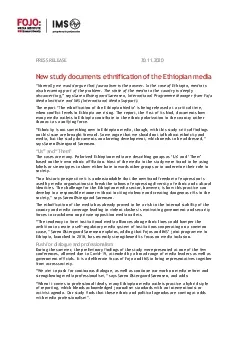PPT-Operas Aida is an Ethiopian princess who is held captive in Egypt. She falls in love
Author : danika-pritchard | Published Date : 2018-03-10
Radames and convinces him to run away with her unfortunately he is caught by the high priest Ramphis and a jealous Egyptian princess Amneris Radames is buried
Presentation Embed Code
Download Presentation
Download Presentation The PPT/PDF document "Operas Aida is an Ethiopian princess wh..." is the property of its rightful owner. Permission is granted to download and print the materials on this website for personal, non-commercial use only, and to display it on your personal computer provided you do not modify the materials and that you retain all copyright notices contained in the materials. By downloading content from our website, you accept the terms of this agreement.
Operas Aida is an Ethiopian princess who is held captive in Egypt. She falls in love: Transcript
Download Rules Of Document
"Operas Aida is an Ethiopian princess who is held captive in Egypt. She falls in love"The content belongs to its owner. You may download and print it for personal use, without modification, and keep all copyright notices. By downloading, you agree to these terms.
Related Documents














